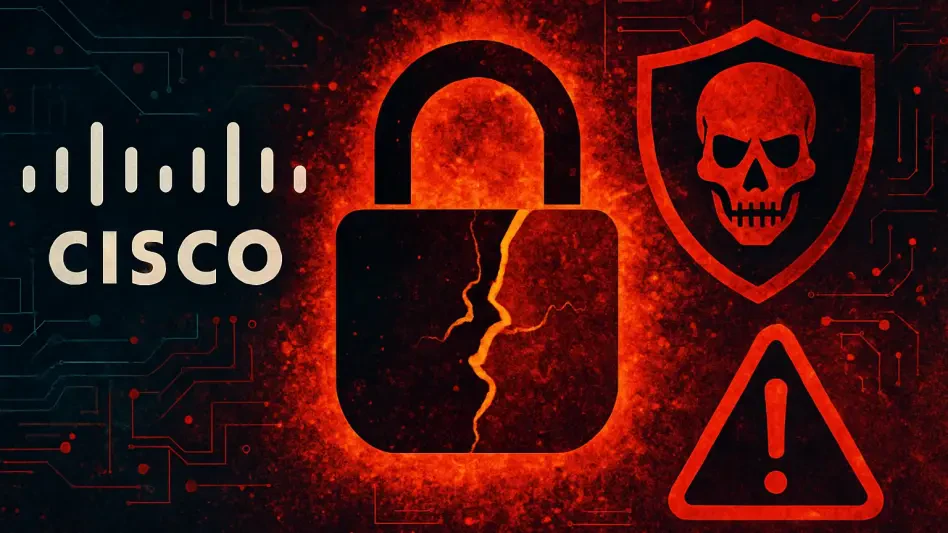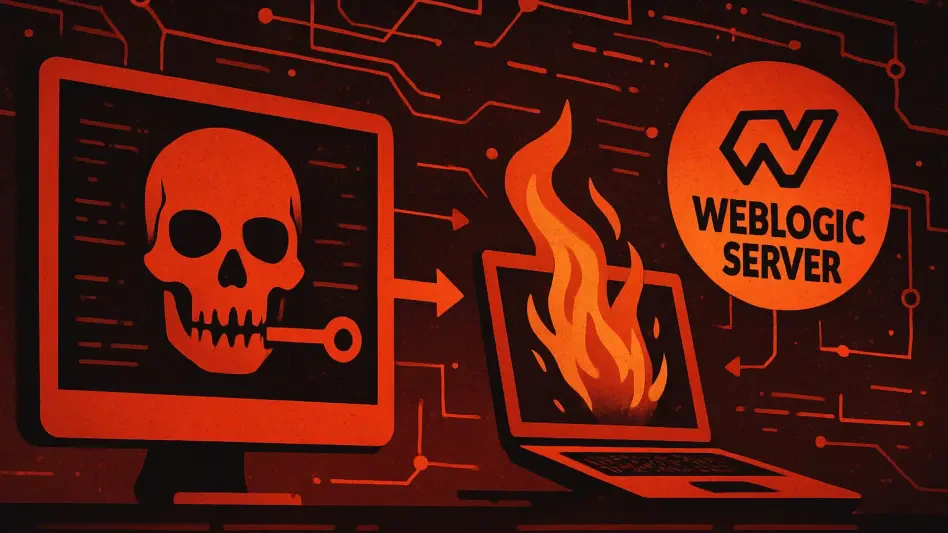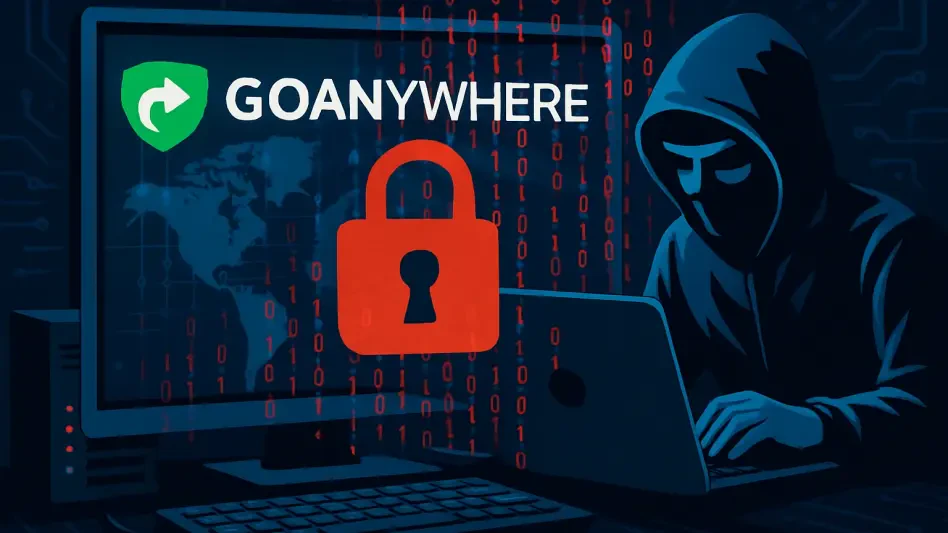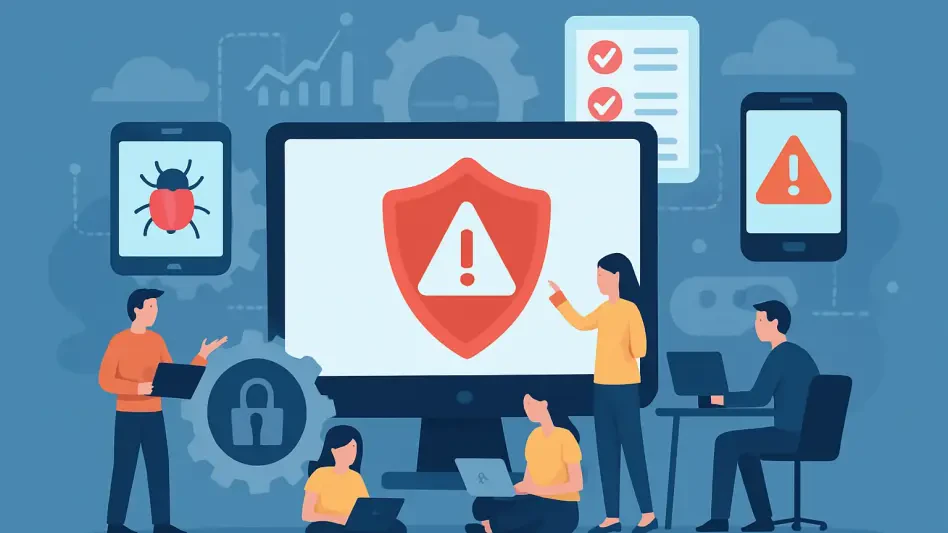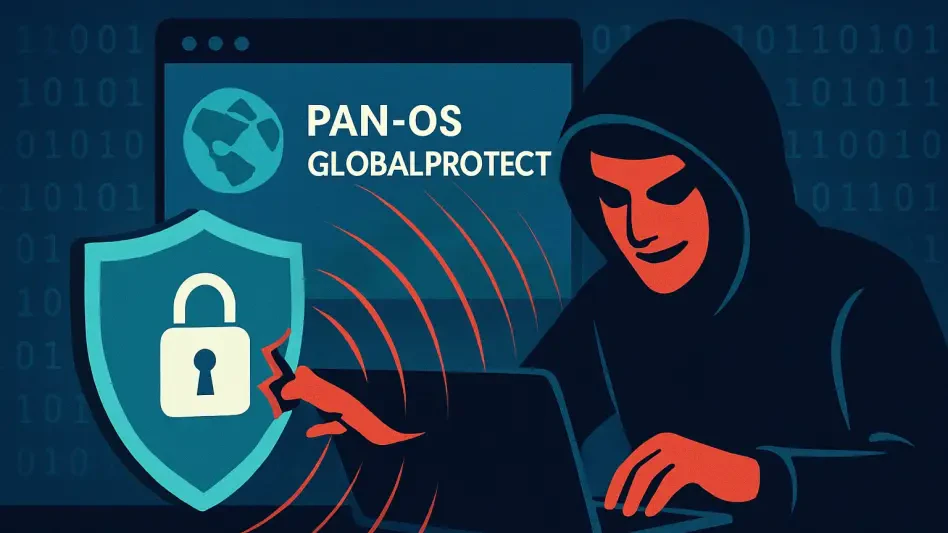The digital landscape is constantly evolving, and with it, the tactics employed by cybercriminals are becoming increasingly sophisticated. A notable development in this arena is the emergence of a new variation on a classic cyber attack known as clickjacking. This new form, called double-clickjacking, poses a significant threat to online security by potentially compromising security settings, deleting accounts, or taking over existing accounts. Understanding the methodology of this attack, its implications, and how to protect against it is crucial for maintaining cybersecurity. As attackers become more ingenious in their methods, it is imperative for both users and developers to stay informed and vigilant.
Evolution of Clickjacking
Clickjacking, a technique where users are tricked into clicking on harmless-looking elements that perform unintended actions, has been a known cyber threat for years. Traditional clickjacking attacks were somewhat mitigated by modern browsers, which curtailed cross-site cookie transmission, effectively reducing the incidence of such abuses. However, the relentless adaptability of cybercriminals has led to the emergence of double-clickjacking. This new method ingeniously requires users to double-click on a deceptive element, effectively bypassing previous protections and renewing the threat. By exploiting users’ trust and presenting a familiar interface, such as a CAPTCHA prompt, double-clickjacking amplifies the manipulation technique.
This evolution in clickjacking tactics highlights the ongoing cat-and-mouse dynamics in cybersecurity. As attackers continually innovate to bypass established defenses, the need for advanced protective measures becomes more paramount. With double-clickjacking, cybercriminals exploit the user’s naivety by mimicking legitimate prompts, making it increasingly difficult for users to discern between actual security measures and malicious actions. This new variant does not depend on the timing between the first and second clicks, which makes it a far more insidious threat than its predecessor. The concealed nature of the attack exemplifies the importance of a combined effort in user education and technological defenses to counteract new threats effectively.
Mechanism of Double-Clickjacking
The double-clickjacking attack typically begins with users being directed to a phishing site designed to resemble a legitimate webpage closely. Here, they encounter a CAPTCHA prompt, a common security measure that users are familiar with and are generally quick to trust. However, unlike the usual tasks that a CAPTCHA requires, in this scenario, users are deceptively asked to double-click a button. The first click closes an overlay, while the second click initiates a hidden malicious action, such as unintentionally granting OAuth authorization. This manipulation is particularly effective due to its subtle yet deceptive execution.
What makes double-clickjacking especially dangerous is its reliance on users’ habitual interactions with CAPTCHA prompts and similar elements. This threat does not require precise timing between clicks, avoiding one of the principal limitations of traditional clickjacking methods. The deceptive element is crafted to appear entirely legitimate, concealing the malicious underlying action. Once executed, attackers can gain unauthorized access to sensitive accounts, disable security settings, delete accounts, authorize unauthorized transactions, or even install or modify browser extensions without users’ knowledge. The innovative nature of double-clickjacking signifies a significant shift in the threat landscape, necessitating robust detection and preventive measures.
Implications for Cybersecurity
The implications of double-clickjacking for cybersecurity are profoundly worrisome. By exploiting this vulnerability, attackers can gain unauthorized access to personal and sensitive information and account permissions. This access opens the door to a wide range of malicious activities, such as disabling vital security settings, deleting entire accounts, authorizing unauthorized transactions, and modifying or installing detrimental browser extensions. The resurgence of clickjacking, in this new and more potent form, underscores the pressing need for continuous vigilance and innovative cybersecurity measures. Online safety is a dynamic field where both attackers and defenders are constantly evolving their strategies.
This ongoing adaptation of cybercriminals to circumvent existing defenses reflects the dynamic and ever-changing nature of cybersecurity threats. As attackers develop new and sophisticated methods to exploit what may seem like minor vulnerabilities, it becomes increasingly important for browser developers and website administrators to stay a step ahead by implementing robust security protocols. Regular updates to these security measures and protocols are essential. Additionally, there is an urgent need to educate users about potential threats and how they can protect themselves. A well-informed user base can significantly curb the effectiveness of these persistent and evolving threats.
Protective Measures
To defend against the dangers posed by double-clickjacking, users must adopt a proactive approach to their online security practices. Vigilance is key; individuals should exercise caution when clicking on links in emails, text messages, or on unverified websites, as these are common vectors for phishing attacks. Moreover, avoiding sites that offer dubious schemes, such as “win a free iPhone” promotions, can significantly reduce the likelihood of encountering phishing sites designed to execute double-clickjacking attacks. Users should be aware that even familiar-looking interfaces can be exploited for malicious purposes.
In addition to cautious online behavior, utilizing reputable antivirus software can add an extra layer of protection. For devices running Windows, Mac, and Android, antivirus programs are effective tools in detecting and preventing malicious activities. Although Apple devices do not support dedicated antivirus apps due to Apple’s restrictions, tools such as Intego can at least screen for malware when connected to a Mac. Combining these measures with good cyber hygiene can significantly reduce the risk of falling victim to double-clickjacking and other similar attacks. Continuous user education and awareness are critical in creating a resilient defense against evolving cyber threats.
The Role of User Awareness
The digital landscape is in a constant state of flux, and, as a result, the strategies used by cybercriminals are becoming progressively more sophisticated. One notable development in the realm of cyber threats is a new variation of a classic attack method called clickjacking. This evolved technique, known as double-clickjacking, presents a significant risk to online security. It can potentially compromise security settings, erase accounts, or take control of existing accounts. Grasping the methodology of this attack, its potential consequences, and the measures to safeguard against it is crucial for maintaining robust cybersecurity. As cyber attackers become more creative in their methods, it is essential for both users and developers to stay informed, proactive, and vigilant. Increasing awareness and adopting preventive measures are fundamental in thwarting such sophisticated attacks. Continuous education and adaptive security practices are necessary to counteract the constantly evolving and increasingly insidious threats posed by cybercriminals.


